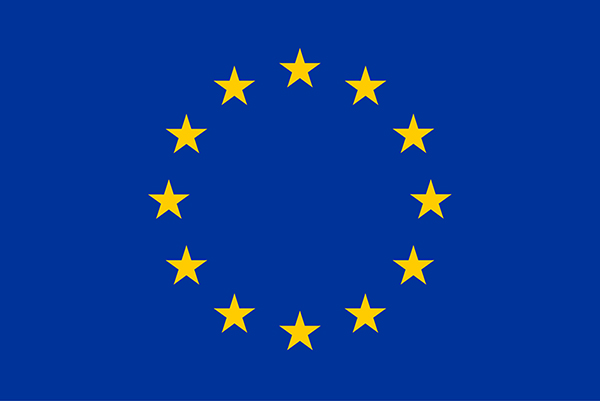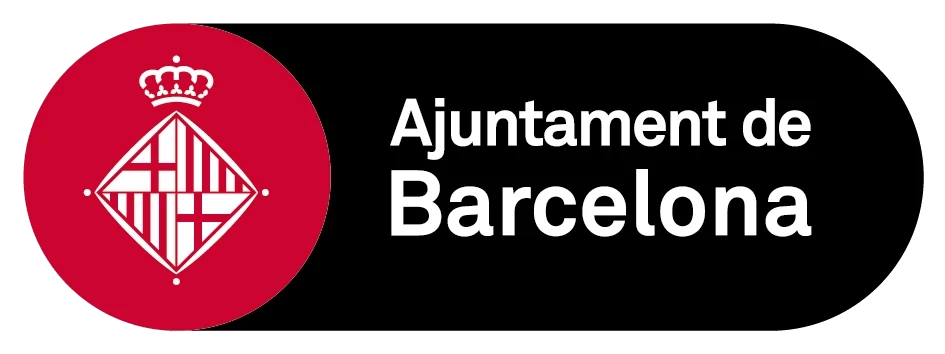Nieuws en updates
Laatste nieuws over SMILES
Making sense of Media Literacy actions – The Drog Intervention Model (DIM)
Disinformation is constantly changing. Disinformation adapts, evolves, and is based on new premises. Those tackling disinformation respond to this. The result has been the emergence of what we describe in DROG as the five generations of interventions, each of which sees a different problem, carries out its own analysis of the problem, and comes up with its own interventions. The five generations each represent a thematic approach of governments and semi-governments at a given time. The generations can be used by combatants of disinformation as an expanding menu of choices by asking themselves: which generation best fits my analysis of the problem and the possibilities of my organisation?
Gen 1: Strategic communication
The first generation of interventions dates from 2012. The immediate reason for it was the recruitment of sympathisers by ISIS. The problem identified was foreign interference in internal affairs. The analysis of the problem was that its own citizens had a shortage of correct information and were therefore susceptible to foreign information. The solution according to this generation is therefore to provide better information to citizens by means of large strategic communication campaigns. Responsible for providing correct information are (military) intelligence services and non-governmental organisations in order to create a more resilient civil society. An example of a Gen 1 intervention was the rapid publication of military information about the movements of Russian army units just before the invasion of Ukraine in 2022 in order to undermine any Russian disinformation that would claim that responsibility for the invasion lies with Ukraine.
Gen 2: Debunking
Starting with 2014, a response came up against a second disinformation threat: populists winning elections. These populists made frequent use of ‘alternative facts’ and accused opponents of spreading ‘fake news’. According to the second generation of interventions, it is, therefore, necessary to separate the information chaff from the wheat. The general public should be informed about which claims are factual and which are fabrications. The flagship of this generation of interventions is ‘fact-checking’: scientists and journalists who use their expertise to determine the level of reliability of any information provided.
Gen 3: Prebunking
From 2018 on, the focus of some of those interested in disinformation was not so much on false facts, but on complete conspiracy theories. These conspiracy theories consist of a hodgepodge of raked-together claims that often conflict with each other. The third generation of interventions focuses on the incoherence of disinformation. It is argued that if citizens would learn to see how illogical and incorrect the reasoning is by the purveyors of the conspiracy theories, they would be better armed against it. The third generation of interventions aims, as it were, to inoculate citizens against the virus of disinformation. With the help of games such as Bad News for example, people should gain insight into the methods of the spread of disinformation by learning how to use them themselves. The consequence of their exposure to disinformation methods is supposed to be that people are better able to recognise these methods. Check out Cat Park as an example of a new Gen 3 intervention.
Gen 4: Denial of service
The outbreak of the pandemic brought an infodemic. And in 2020 this led to a fourth generation of interventions of tougher methods to counter disinformation. Instead of making citizens more resilient, the emphasis shifted to hindering disinformation as much as possible in order to bring the flow to a standstill or at least make it manageable. Russian official media outlets were banned, vocal spreaders of conspiracy theories were kicked off social media or at least revenue from their publications was blocked, and lawsuits against disinformation evangelists like Alex Jones were initiated and won. A set of new regulations were quickly adopted within the EU to legally support this kind of intervention.
Gen 5: Interactivist
The tone of the public debate hardened after 2020. Small groups of extreme opinions began to dominate discussions – much to the chagrin of the majority of citizens (in Dutch). The majority and these smaller groups came to confront each other. While the majority of citizens follow scientifically based advice and take information from the media and politicians seriously, smaller groups started proclaiming that they would no longer play along with what was handed down from above (in Dutch). These groups felt unseen and heard and thought they were being disadvantaged or even threatened. The majority reacted by looking down on the groups as vocal supporters of fact-free fiction; the members of the groups despised the majority as uncritical, docile sheep. Since these minorities can no longer be reached by scientists, policymakers, or politicians, the fifth generation of interventions started to try and bring citizens from any two camps together in a dialogue. The idea behind this is that we need to start listening to each other, openly and with respect, and understand how we arrived at our different views. The first step is to break through our ‘naive realism’: the idea that we look at reality objectively while everyone else is plagued by prejudices.
---
Ruurd Oosterwoud, The DROG Group, The Netherlands
Article reposted with permission from Media & Learning Association



